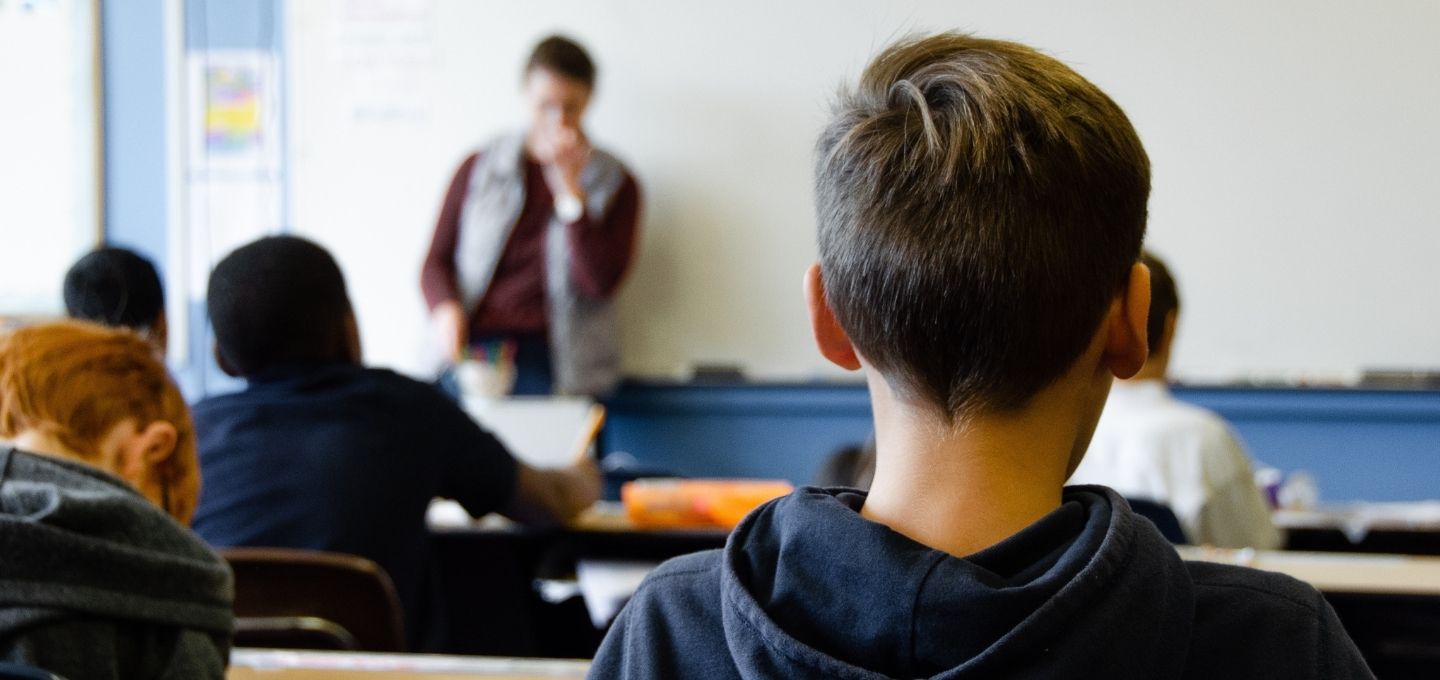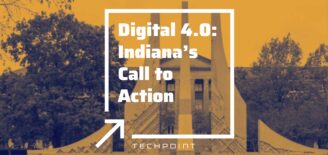The Moral Imperative of Teacher Evaluations
The start to this school year has presented unprecedented challenges for administrators, teachers, support staff, parents, and students. Whether school is taking place in an onsite, virtual, or hybrid format, most teachers are teaching in a venue that is new to them. In essence, all school employees are first-year teachers and administrators in the 2020-21 school year. With all of the difficulties school officials are facing during this health crisis, it is understandable (though not advisable) that teacher evaluations may have been put on pause.
In fact, feedback has never been more vital to individual teachers, school districts, and the success of our students.
Standard for Success, an Indiana firm that helps schools build effective teacher evaluation programs from the ground up, serves more than 400 districts across 20 states and provinces internationally. Built by classroom educators, Standard for Success houses a web-based software platform to collect, analyze, and report on teacher evaluation data, saving time for busy administrators. This collected data can be utilized to identify strengths and challenges and drive targeted professional development for teachers, ensuring teacher growth and equity of instruction in the classroom.
Despite the multitude of challenges in developing and providing curriculum in the COVID era, we have a moral obligation to deliver quality, equitable instruction to all students. When we think of giving feedback to our staff, author Robert Palestini writes, “A subordinate depends on his or her superiors for assistance in accomplishing a task and identifying obstacles to achieving a work goal” (Palestini, 2011). By giving meaningful, targeted feedback to teachers through the evaluation process, we not only help teachers grow professionally, but ultimately improve instruction for students.
In the context of COVID, reliable teacher evaluations are even more necessary to deliver quality instructors and instruction. Consider:
- Remote teaching environments may mean fewer opportunities for teachers to share challenges and successes with their fellow teachers. Peer learning and collaboration opportunities are limited by the lack of connection.
- Understandably, during the last eight months, professional development has focused on getting teachers technologically ready to deliver instruction in multiple ways, but has not necessarily focused on identifying individual areas of growth and improving the quality of instruction for students.
- Indiana’s colleges and universities train and graduate hundreds of Indiana educators annually. They can only do their job equitably if they have the data to know where deficiencies are. If we want a more equitable outcome for students, we need to evaluate the current performance of teachers to identify and train for areas of weakness. If we don’t change the training, we will not change the outcomes, which guarantees inequities continue.
- The national teacher attrition rate is 16%. This is the number of teachers exiting the profession or changing schools annually. Enrollment in Indiana’s teacher education programs is down. The national, well-documented teacher shortage is expected to be exacerbated by COVID. The burdens of the growing demands and restrictions may force some to choose a new vocation, and exit teaching all together.
- Younger teachers of today require a unique style of feedback. According to research, millennials demand supervisors who can mentor them and develop their strengths (Gallup, Inc., 2016). A recent study done by the Standard For Success team revealed that teachers who receive frequent, targeted feedback are more likely to stay in the profession and less likely to change schools (SFS Survey Data, 2017). To be successful, all employees need to recognize and develop their strengths, particularly in time of crisis, when morale may be low.
So what changes should be made to teacher evaluation during COVID? In terms of instructional strategies, good teaching remains good teaching, and evaluators should remain focused on the domains of instruction present in their teacher evaluation rubrics. Whether observations take place on site, virtually, or in a hybrid format, prioritizing the evaluation cycle is essential to fostering a positive culture of feedback in our schools.
The changes in the structure of traditional education has given us the opportunity to innovate the methods of delivery of instruction and the way we give and receive feedback. Now is the time for PreK-12, higher education institutions, and legislators to work together to analyze reported data to drive transformative changes in education and serve all students on an equitable basis.
Dianna Whitlock, Ed.D. is a lifelong learner and graduate of both Indiana State University and Oakland City University in Indiana. Dianna enjoys helping others grow professionally and has presented at state and national conferences. She has served as a trainer for school districts and new administrators on giving targeted feedback and ensuring inter-rater reliability in the evaluation process. Dr. Whitlock’s latest publication, Teacher Evaluation as a Growth Process, is based upon her teacher evaluation research and focuses on creating a feedback rich culture in schools.









































